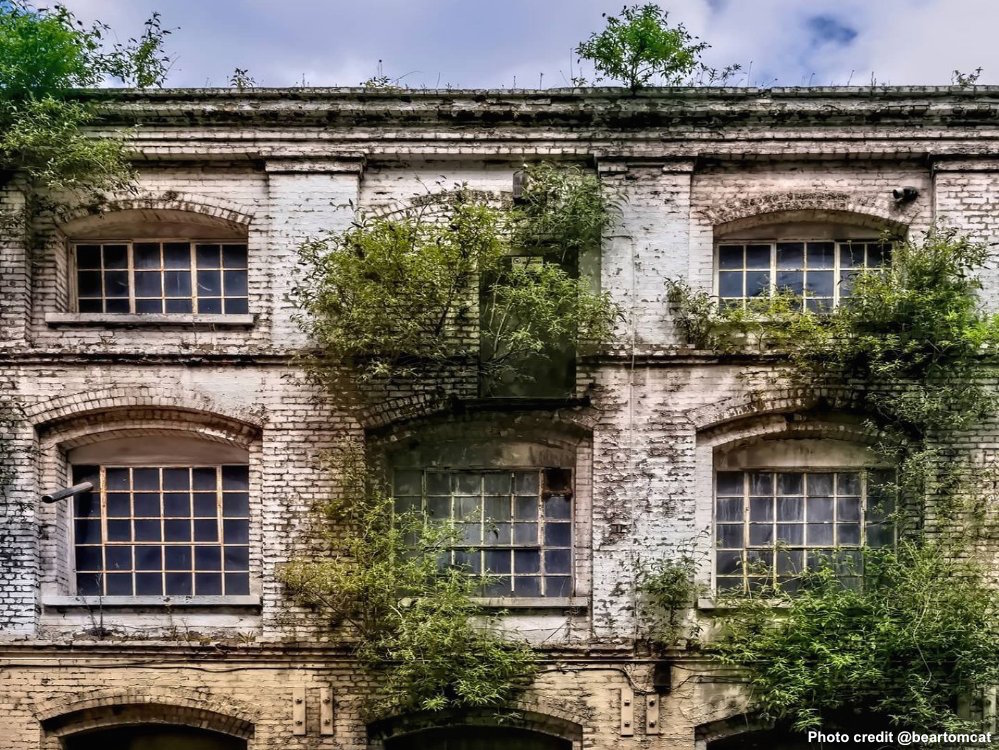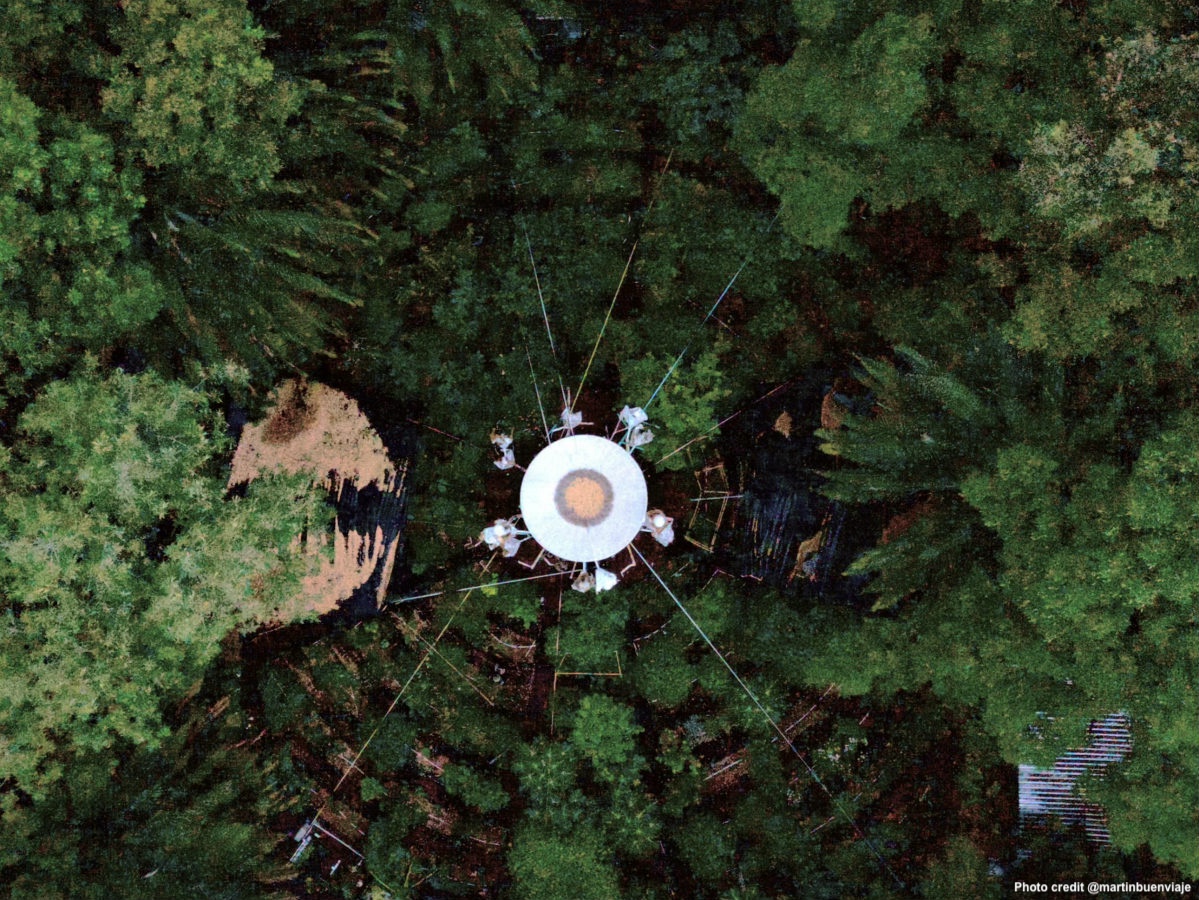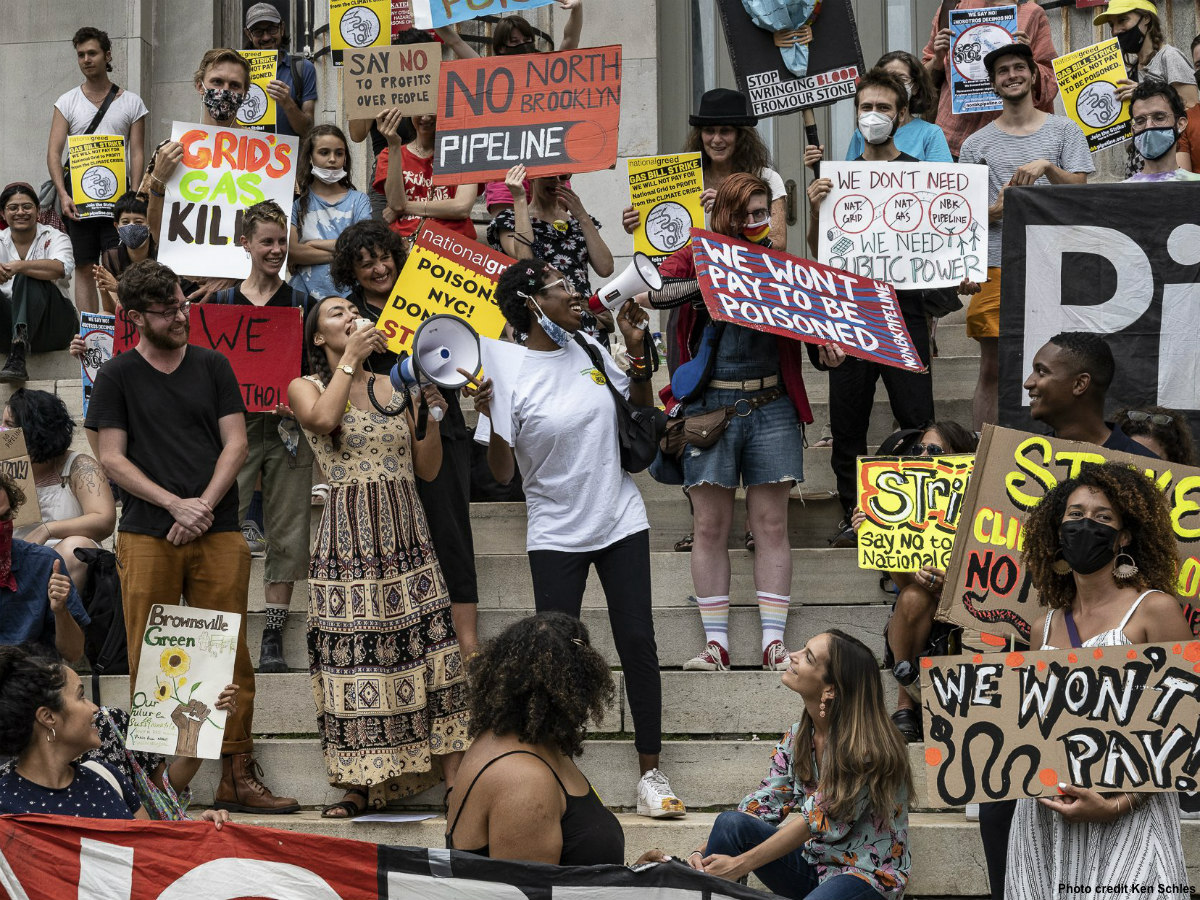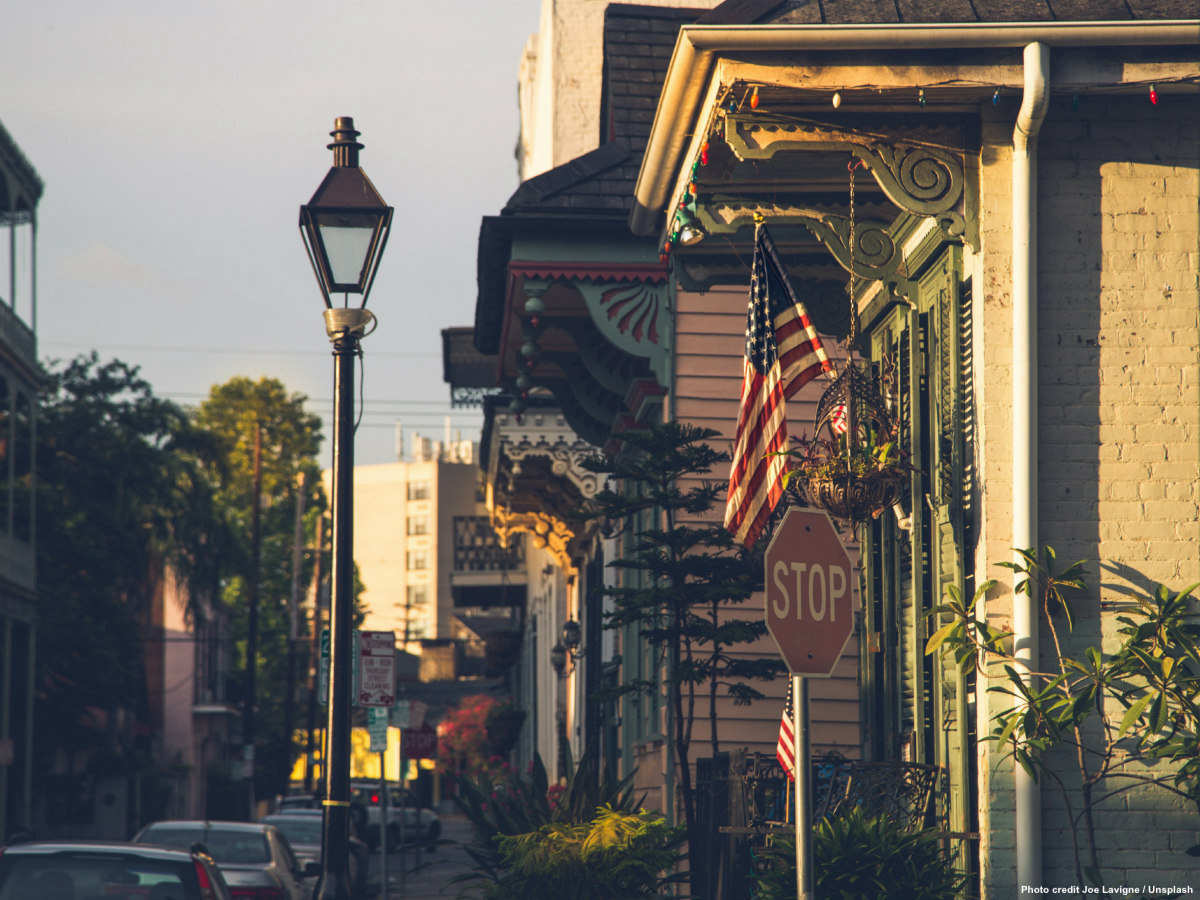Two weeks ago catastrophic flooding due to heavy rains in the west of Germany took many lives after sweeping away houses and man-made infrastructure. Nature keeps reminding us that climate change is real and urgent. To Ben Cooper QC, a human rights barrister in London, planting fast-growing mini urban forests is an actionable way to start a long-distance race to remove carbon from the atmosphere. And so, we could all be long-term runners to stop climate change.
But policy makers and governments still don’t feel the urgency of global warming which is leading to an increase in freak weather. This month’s heavy rains, from the flooded subways in New York to the humanitarian disaster in Germany, left a sense of emergency. Like everything is falling apart, says Cooper, but politicians don’t have any practical ideas and the lack of coordination doesn’t help either.
Cooper has co-founded Dream for Trees with a group of friends, all showing personal commitment to the Paris Agreement. Their plan is to start a movement to rewild London with mini urban forests and expand around Europe.
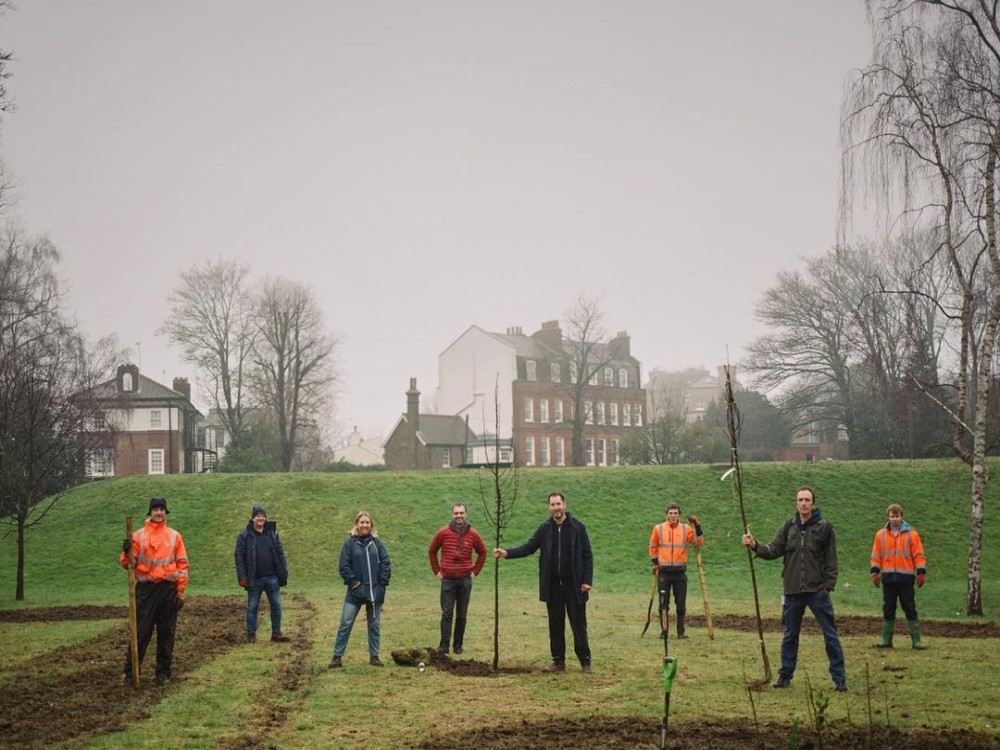
During the lockdown he started looking for urban sites with little or no ecological value to plant native trees in a smart way following the method of the Japanese botanist Akira Miyawaki. He contacted advocates in the Netherlands and Belgium, who were already very progressive at implementing mini urban forests and were very helpful to pass on their knowledge.
Back in London it was difficult to find a site. There was always a reason why it would not be feasible to plant. Finally Cooper spotted a land area used by Thames Water in Highgate, north London, suitable to plant trees but not accessible to people due to the water reservoirs. Cooper took a shortcut and called the emergency helpline for whistleblowers to make a request for the site. Thames Water reacted the next day and the head of biodiversity agreed to meet him at the site. He gave him the green light to plant.
Nature was also on Cooper’s side. Lots of rain and the surprisingly very rich soil on the site have favored a methodology of close-knit style of planting, which creates native urban forest ecosystems much quicker. Research suggests that it would take about 200 years to let a forest recover on its own. With the Miyawaki method a similar result is achieved in 20 years. Accordingly, it will capture up to 30 times more carbon than a tradicional woodland by planting the trees at a density of three per square metre to make them compete for growth.
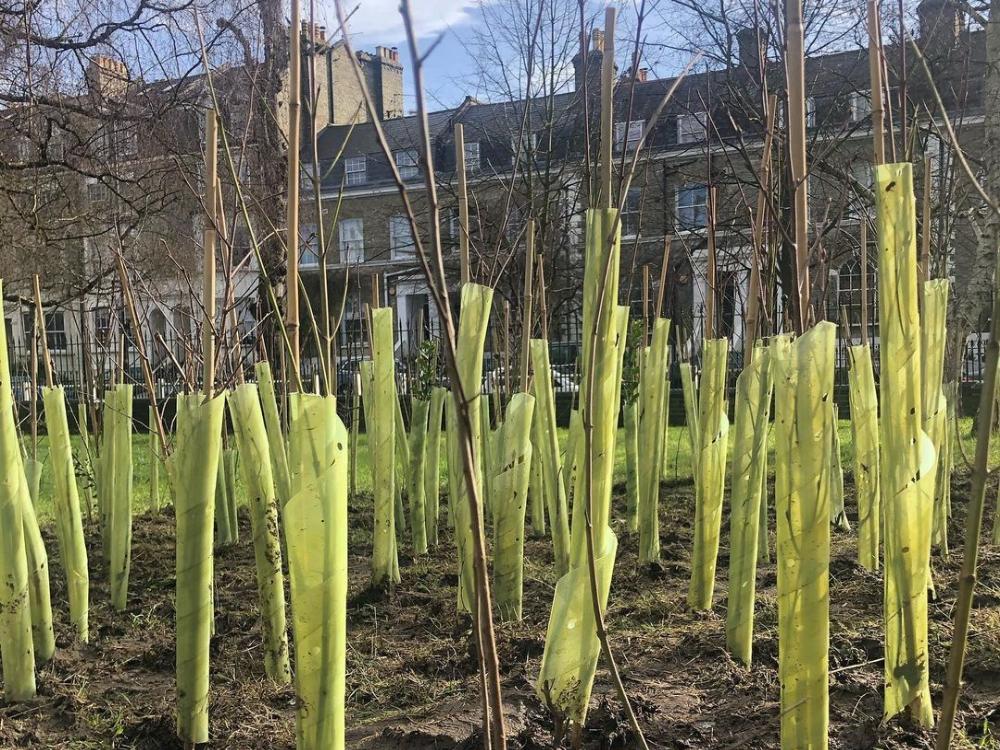
However, what’s clear to Cooper is that we’re living on borrowed time because carbon capture is quite a slow process and a long-distance race.
Science-led design is at the heart of our approach to this work. Trees need to remain growing for a long time to make a difference and become effective carbon stores, explains Cooper.
Experts speak of a permanence of 100 years for effective carbon retention and sequestration – something to think about before cutting down a tree. Each tree can store a specific amount of carbon depending on its size. This is a critical piece of information for scientists to estimate the amount of stored carbon that forests have granted to humans so far. Especially since we have been altering the planet.
Currently our economy is pouring CO₂ into the atmosphere at an astronomical rate a year since the industrial revolution. Researchers estimate that around half the mass of a single tree is pure carbon, yet they agree forests have a finite capacity to take up carbon.
When a tree dies carbon goes into the soil; if burned, the carbon absorbed in the last decades that have converted into leaves, wood and roots would be released into the atmosphere. If the tree is transformed into timber, the carbon stays locked in for years, for example, people’s houses.
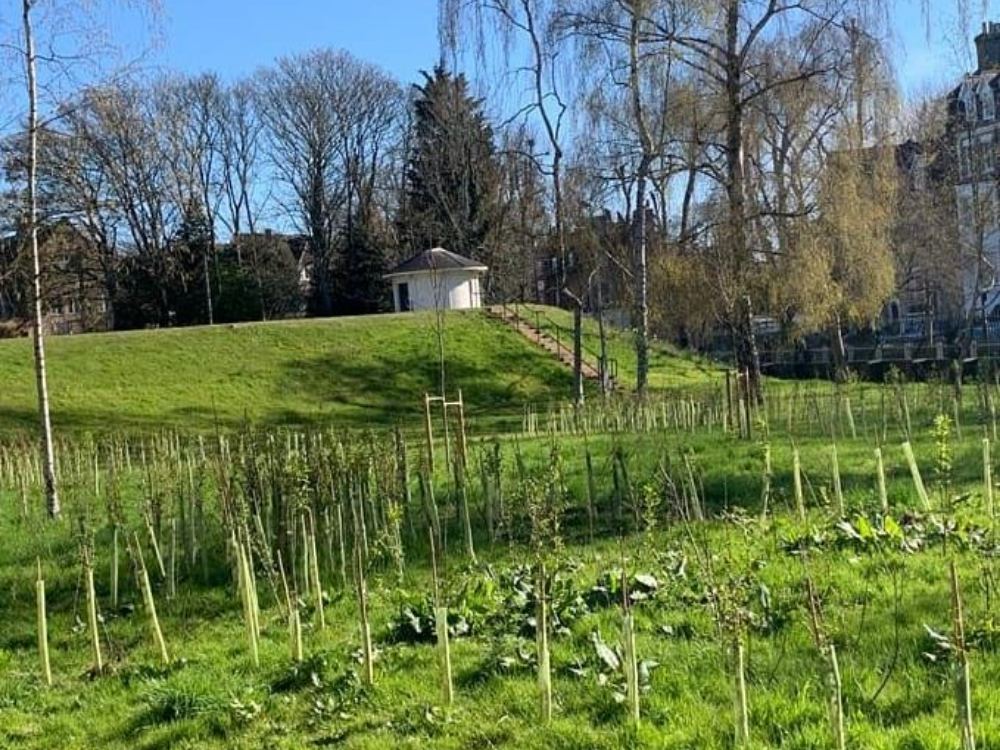
Timing and long-term permanence suggest not only the importance of planting trees now, if not yesterday, but the urgency of avoiding unnecessary carbon emissions to be able to store or sequester more greenhouse gas emissions than we produce. Carbon can be avoided by making responsible lifestyle’s decisions as well as eliminating emissions from entire value chains at companies.
In addition, Dream for Trees is implementing new mini urban forests in East London to address the lack of trees and inequality of healthy ecosystems in disadvantaged communities. In collaboration with the interdisciplinary lab of the ETH, the Federal Polytechnic School of Zurich, the progress of the forests will be monitored to fundamentally understand their impact.
In fact, it was Tom Crowther – from the ETH – who published in the journal Science that there are enough places in the world capable of hosting new forests to capture around to two thirds of the CO2 emissions released into the atmosphere. Now he claims that this statement was misunderstood because sometimes planting trees can be harmful. The German forester and author Peter Wohlleben rather speaks of giving trees the opportunity to grow. Overall, scientists agree that it is important to create forests in the correct way for well functioning ecological systems.
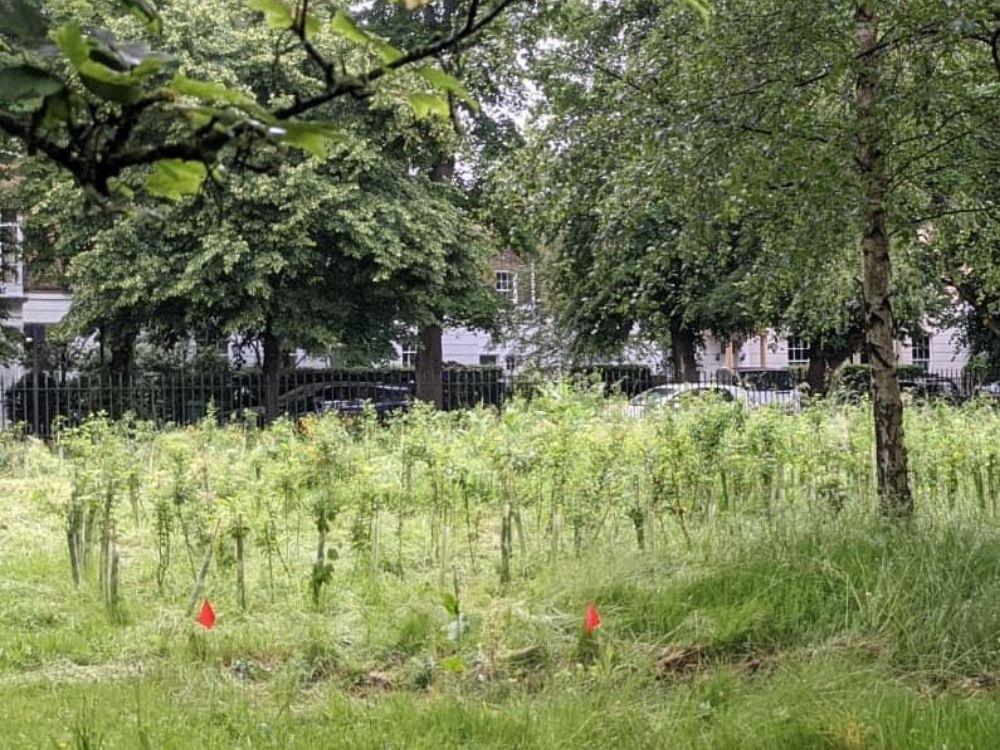
Cooper believes that gathering facts and providing accurate information to the public is crucial to prevent climate change and guide people to create ecosystems that are balanced. There are many other reasons for creating new mini urban forests besides carbon capture. These include protecting biodiversity or harvesting more water.
Science and evidence need to be understood precisely, otherwise there is a danger of people getting misled and, far from helping the environment, they will fail or will have a negative impact on local ecosystems, says Cooper.
Increasingly some entities are using the environment as a public relations issue, spreading misinformation, explains Cooper, that’s why we’re so keen to report and measure on everything we do, so we can give tangible information to people – to prevent greenwashing.
“It’s about educating ourselves as well as other people so that ‘planting trees’ has some credibility and people know what questions to ask when an organization or people take the step of doing it”, concludes Tabi Jackson Gee, one of the team’s members behind Dream for Trees.
Urban mini forests can be planted almost anywhere as long as there is healthy soil. Once you plant the saplings, you have to make sure they get enough water. Volunteers are key to guarantee maintenance, which will have to go on for decades until trees reach maturity to store carbon – decades that will overlap multiple generations of people.
Due to the anxiety caused by the pandemic and Brexit, Cooper has observed an increasing enthusiasm among neighbours coming together and getting things done, which are not political, but for a common purpose.
Dream for Trees has found a creative way to fund their next planting for this Autumn by getting people to offset any flights and car journeys made – easy to estimate with a carbon calculator. The donations will go directly to help boost new urban trees with no administration or staff cost for the team members.
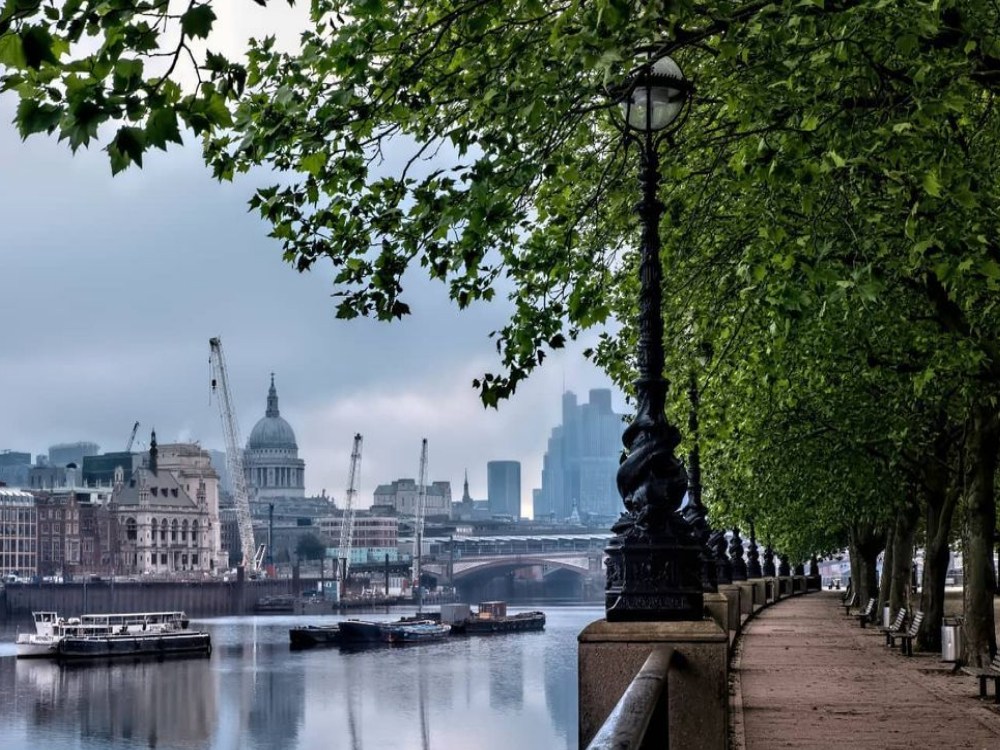
Last week thirty-one major cities, including the likes of London, Barcelona and Milan, have signed up to the C40 cities network goal of committing to 30-40 per cent of built-up city surfaces consisting of green spaces like parks or streets lined with trees.
In reaching that goal they would have to plant wisely and take into account long-term maintenance for a considerable amount of natural infrastructure. Dream for Trees is a way of influencing city councils to do more, says Cooper, and make things easier for people to act for climate change. Their involvement is critical to ensure the future feasibility of rewilding cities.
Maybe a free day per month for civic duties like forests’ maintenance? There might come the day when we are one with nature again. In fact, carbon neutrality is not only a long-distance race but a relay race for human survival.
